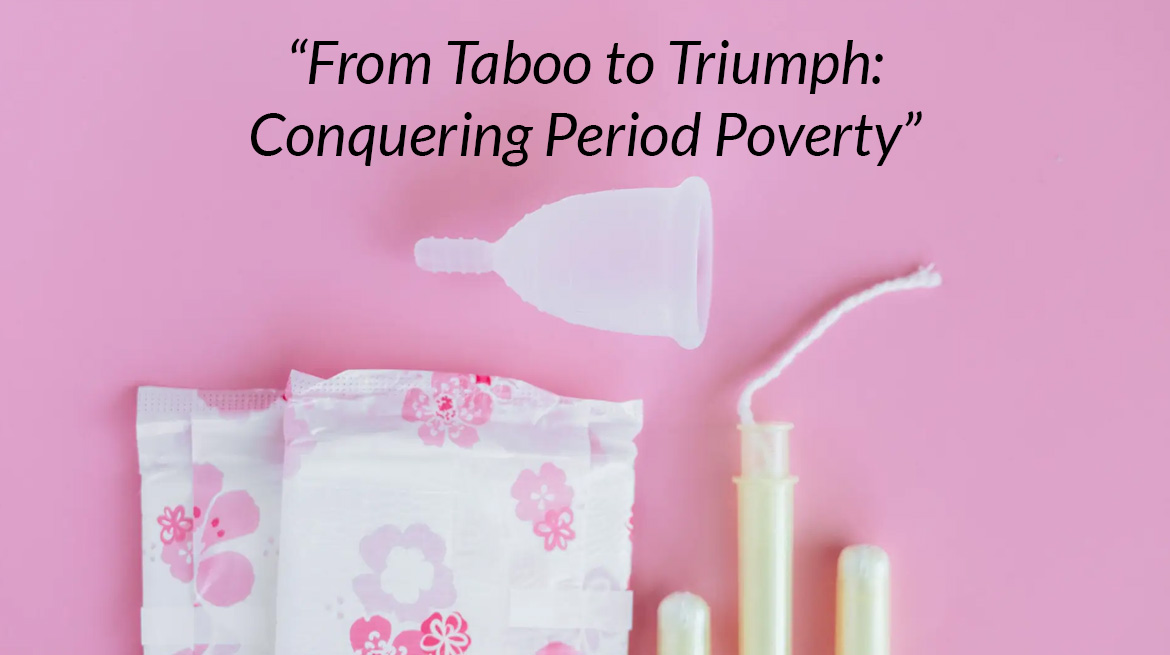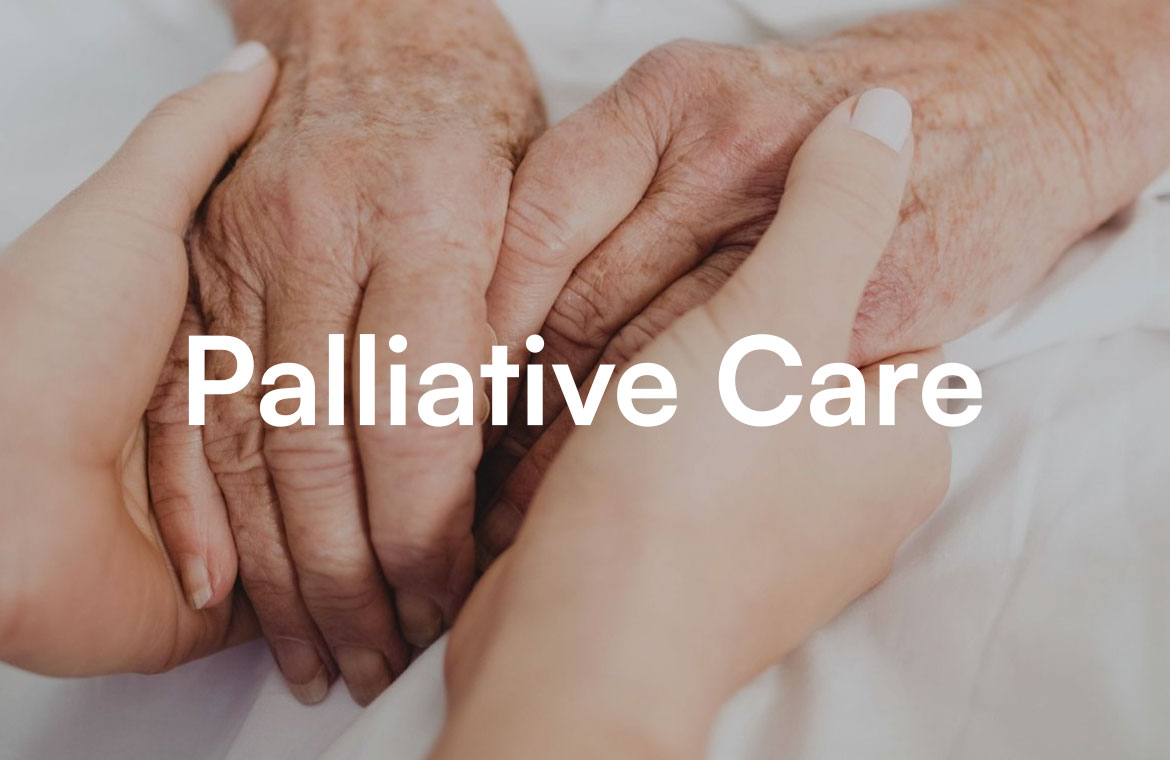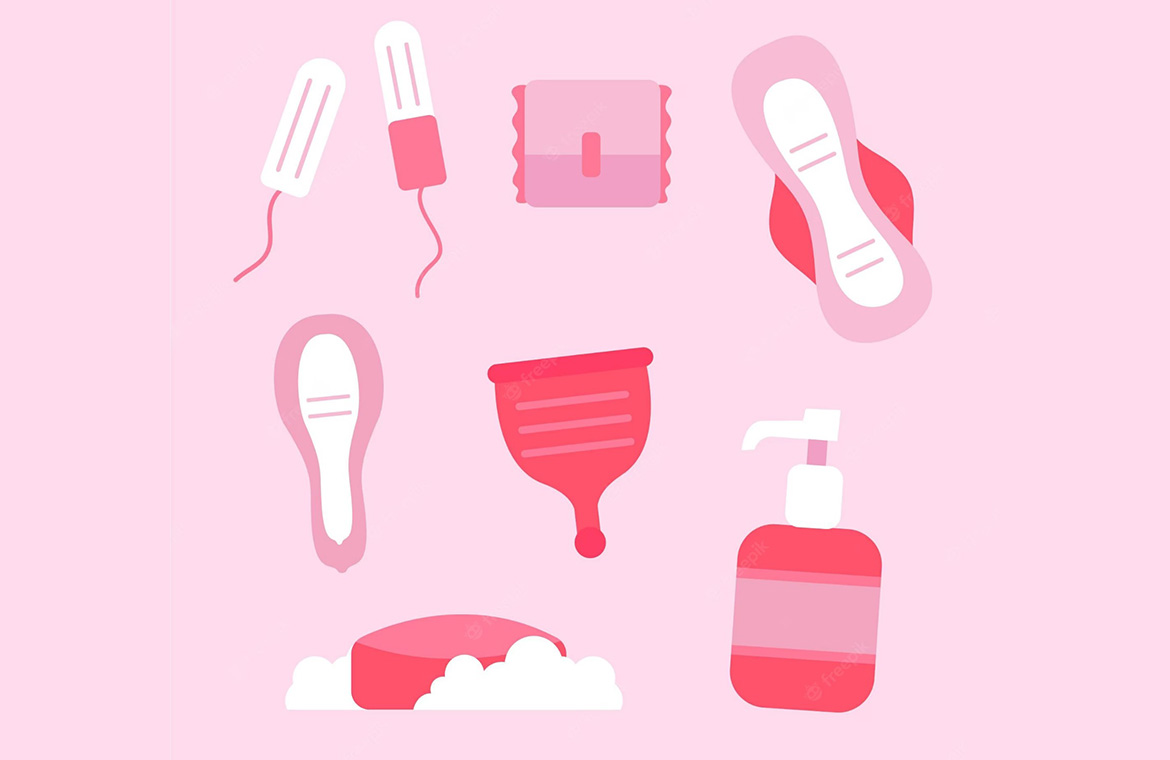Introduction
In India, millions of women and girls experience a natural, monthly event that is shrouded in silence, shame, and often, severe hardship. Period poverty—the lack of access to menstrual hygiene products, facilities, and education—is a pressing issue affecting a significant portion of the population. Despite the advancements India has made in other areas, the taboo around menstruation and the economic barriers to menstrual products leave countless women and girls struggling to manage their periods with dignity.
What is Period Poverty?
Period poverty goes beyond the inability to afford sanitary pads or tampons; it encompasses the lack of awareness, education, and access to safe facilities for managing menstruation. In India, period poverty is not only an issue for rural communities but also impacts urban populations, where the cost of living and limited access to affordable menstrual products can be prohibitive.
The Scope of Period Poverty in India
India is home to over 355 million menstruating women and girls, yet only 36% use sanitary pads, according to a 2019 report by the National Family Health Survey. The problem is particularly severe in rural areas, where approximately 71% of girls report lacking any knowledge about menstruation until they get their first period.
Health Implications of Period Poverty
Using unhygienic materials can lead to infections, rashes, and even reproductive issues. According to a study published by WaterAid India, poor menstrual hygiene can contribute to conditions like bacterial vaginosis and urinary tract infections. In severe cases, these infections can affect reproductive health, leading to fertility issues and complications in childbirth.
The physical health implications are compounded by mental health issues as well. Many girls experience shame, low self-esteem, and even depression due to the stigma surrounding menstruation. Social isolation during periods is also common, as many are forced to stay home from school or social events, leading to a negative impact on mental well-being and confidence.
The Education Barrier
Period poverty has a direct effect on education in India. Many girls drop out of school after reaching puberty due to the lack of access to safe menstrual products and sanitation facilities. Even those who continue attending may miss up to five days each month due to inadequate facilities or fear of embarrassment, impacting their academic performance and long-term prospects.
The dropout rate is not only an educational concern but also an economic one. Girls who leave school are more likely to enter early marriages and miss out on employment opportunities, perpetuating cycles of poverty. Period poverty, therefore, contributes to gender inequality, reinforcing the barriers women face in achieving economic independence and social equality.
Economic and Social Barriers to Menstrual Products
In many parts of India, menstrual products are either unavailable or unaffordable. Despite efforts to make menstrual hygiene products more accessible, the cost of a packet of sanitary pads is beyond reach for many low-income families, who often prioritize basic necessities over hygiene products.
Although the Goods and Services Tax (GST) on sanitary products was removed in 2018, the demand-supply gap remains wide. In rural areas, limited access to sanitary products forces women to rely on traditional, often harmful, alternatives. In urban areas, while access may be easier, the high price still makes it difficult for many.
Moreover, cultural taboos around menstruation in India play a significant role. In many communities, menstruating women are considered “impure” and are often isolated, barred from kitchens, and even restricted from religious spaces. This stigma further discourages discussions about menstrual health, which in turn keeps awareness and education low.
Government Initiatives and Progress
Initiatives like the Menstrual Hygiene Scheme, launched in 2011, aimed to improve access to sanitary products in rural areas. Under this scheme, the government distributes subsidized sanitary pads to adolescent girls, especially in rural communities.
In addition, the Ministry of Health and Family Welfare has taken steps to install sanitary napkin vending machines in schools and public spaces, and conduct awareness programs about menstrual hygiene. The Swachh Bharat Mission has also focused on building toilets in rural areas, which can provide safe spaces for girls and women to manage menstruation.
Non-governmental organizations (NGOs) like Goonj, The Pad Project, and WaterAid India are also working tirelessly to break down the barriers of period poverty.
What More Can Be Done?
Increasing Awareness and Education: Schools should incorporate menstrual health education into their curriculums to normalize the topic from a young age. .
Improving Access to Affordable Products: Expanding subsidized sanitary products through government and NGO programs is essential.
Better Sanitation Facilities: More clean and safe toilets, equipped with clean water, sanitary product disposal systems, and soap for handwashing to support proper menstrual hygiene are needed in schools and rural areas.
Community Engagement: Empowering local communities to lead conversations about menstruation can help break down taboos. Training community health workers to provide information and distribute products can ensure more widespread and sustainable impact.
Involving Men and Boys: Engaging men and boys in conversations about menstrual health can create an inclusive environment that reduces stigma. When men understand the importance of menstrual hygiene, they are more likely to support women and girls in their families and communities.
Policy and Advocacy: The government can play a more active role in eradicating period poverty by funding menstrual hygiene programs, especially in underserved areas, and enforcing policies supporting menstrual health management in schools and workplaces.
Conclusion
Period poverty is a complex issue that affects health, education, dignity, and economic stability. To eliminate period poverty, we need to break down taboos, create affordable access to menstrual products, and push for policies that support menstrual health for all. By creating a world where no one is held back because of their period, we pave the way for more equal opportunities and a brighter future for all.
Ending period poverty isn’t just a matter of equity; it’s a human right. Let’s work together to ensure that menstruation doesn’t limit anyone’s potential.




